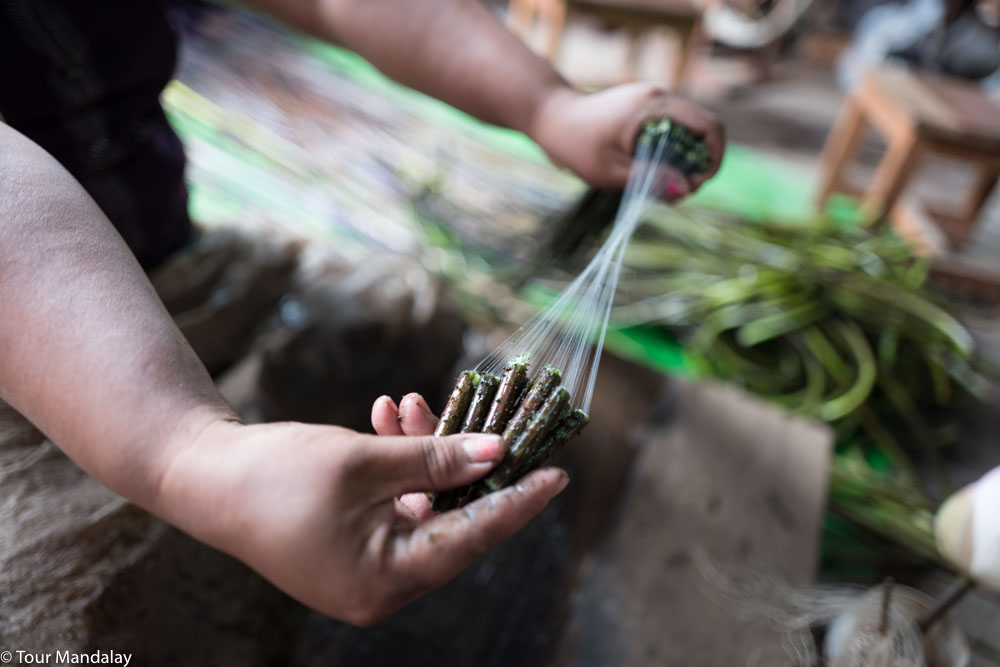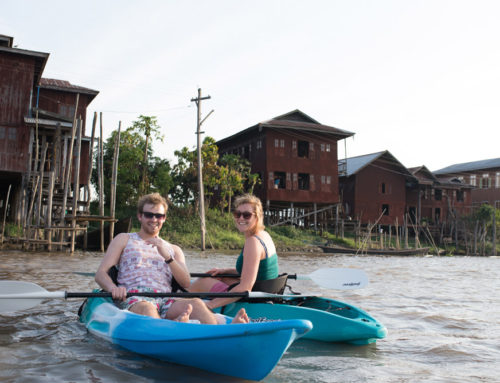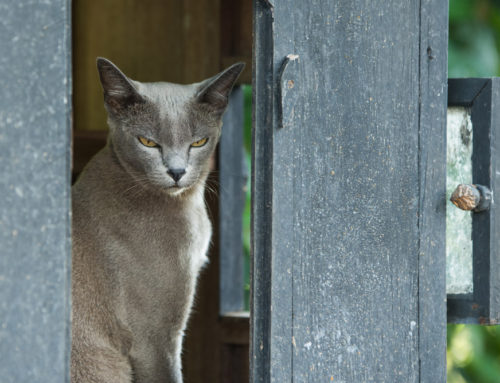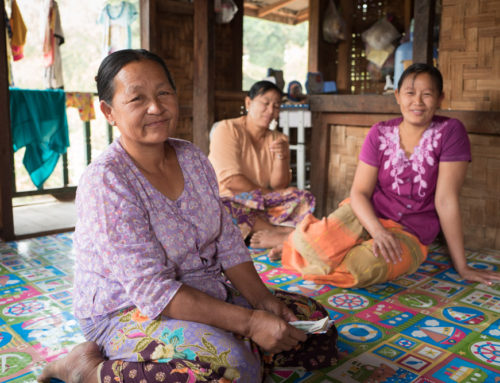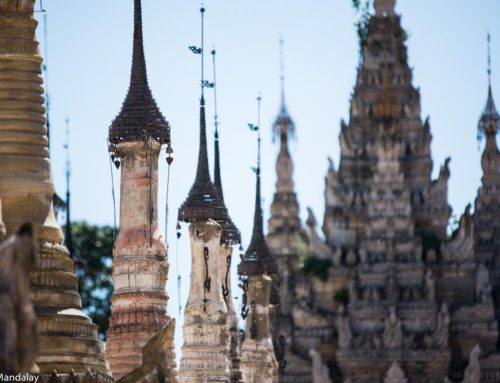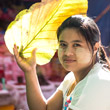INLE LAKE ESSENTIALS
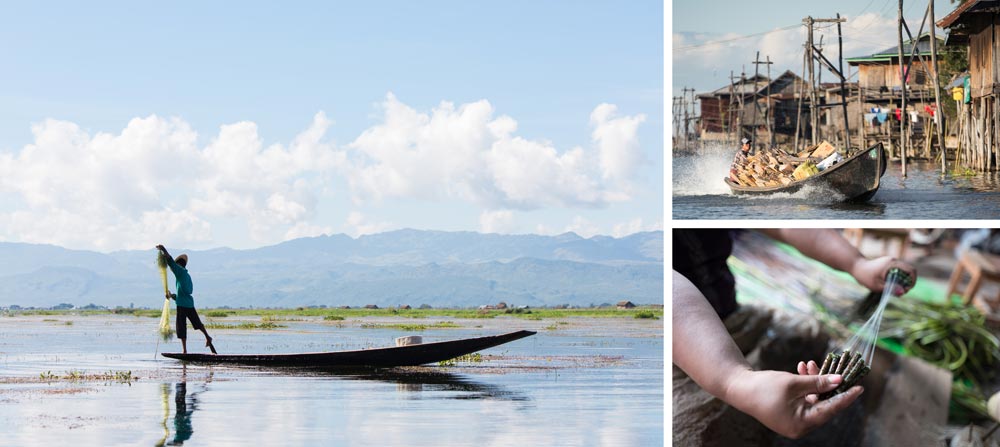
![]() OVERVIEW
OVERVIEW
Navigate the waters of Inle Lake by boat, immersing yourself in the rich culture, age-old customs, local industry and laidback lifestyle. As a bonus, you’ll also get to take in plenty of wildlife, local scenes and captivating natural scenery in-between stops. It might not receive as much attention as nearby Bagan and Mandalay, but there’s no denying it packs just as much of a punch.
![]() PACE
PACE
Easy going
![]() TOUR PERIOD
TOUR PERIOD
Full day
![]() HIGHLIGHTS
HIGHLIGHTS
- Wake up at the crack of dawn to witness one-legged Intha rowers defy gravity.
- Learn about the lake’s floating gardens and cross paths with the people that farm them.
- Get a sense of the region’s rich ethnic diversity at a rotating five-day morning market (as the name suggests, this is not available every day of the week and schedule constantly changes).
- Explore Shwe Indein Pagoda complex, with some of the stupas here dating back as far as the 14th century.
- Stop off at Inle Heritage house to learn more about the Intha people, their vocational training programme and the Burmese cats their trying to repatriate.
- Meet the families behind the lake’s hand powered cottage industry.
![]()
ITINERARY IN DETAIL
(Click to read)
The best time to explore Inle Lake is at the crack of dawn, so the sooner you can escape the comfort of your bed the better (the guide will discuss departure time with you the evening prior). An early rise is particularly rewarding in the winter months (December to February) when the smooth surface of the lake is covered in a blanket of mist. Although you’re unlikely to experience this outside of this season, in other months the temperature’s usually a lot cooler and the light’s not as harsh. This makes for particularly ideal photographic conditions and boosts the chances of you crossing paths with a one-legged rower naturally in action and without any other tourists around. Due to them also wanting to take advantage of the cooler conditions, this is one of the best ways of ensuring you’re able to leisurely appreciate the fisherman’s gravity defying rowing technique.
As we continue our journey further south, towards the postcard-worthy stilted villages, it won’t be long until you notice well-maintained rows of floating gardens. Formed by clumps of natural lake debris, these are bound together and secured in place using bamboo poles. Eventually these clumps knit together and grass is encouraged to grow on the surface. This grass is then cut, dried and burned to create a rich and nutritious layer of ash. More grass is then heaped on top, along with a mix of mud sourced from the bottom of the lake. Once firmly set, farmers plant rows of tomatoes, cucumbers, gourds and pulses. Be sure to keep an eye out for kingfishers and other birdlife that can be found perched on top of the garden’s bamboo poles.
It won’t be long until your boat veers away from the lake and down one of its main tributaries to Indein. As one of the villages that hosts the rotating five-day morning market, it is not uncommon to spot members of the Shan, Taungyo, Pa-O, Danu, Kayah and Danaw ethnic groups as they go about sourcing their weekly shop. Getting a sense of Myanmar’s rich ethnic make-up and cultural diversity aside, another reason to stop off here is to explore the ancient Shwe Indein Pagoda complex. Made up of over 1,600 Buddhist stupas, some dating back as far as the 14th century, a visit here will delight any artists, architects and historians. In fact, if Indiana Jones ever embarked upon a journey to Myanmar, it’s very easy to imagine him rummaging around for sacred artefacts here (not in the upper section of the complex though – most of the ones here have been restored in a not so sensitive manner!). If time permits, enjoy a leisurely stroll around the outskirts of the village.
After lunch (not included), pay a visit to Inle Heritage to study the history, culture and challenges of the lake’s indigenous Intha people. Should you wish, you can also learn more about the organisation’s vocational training scheme and their plan to repatriate pure-breed Burmese cats.
Having learnt about two of the lake’s most important industries (fishing and farming), we’ll now divert our attention to the third, textiles. In the nearby village of Inpawkhone, you’ll find no shortage of stilted weaving workshops, with most providing those keen with the opportunity to step inside and observe the various and often time-consuming techniques first-hand. One of the most fascinating is the production of lotus thread, which is made using fibres extracted from snapped lotus roots. Equally as interesting is the way the weavers go about making detailed patterns using silk thread on seemingly ancient wooden looms.
Time permitting, return to your accommodation via a cheroot factory to watch ‘Myanmar cigars’ being rolled by hand.
![]()
INCLUSIONS
- Transportation to/from hotel in a private long tail-boat (complete with chairs, cushions, umbrellas and blankets)
- English speaking tour guide (for other languages, please enquire)
- Drinking water and hand towel
![]()
EXCLUSIONS
- Any meals
- Accommodation
- Inle Lake zone fee
- Camera fees
![]() NOTES
NOTES
- From late March until the start of the rainy season, Indein usually becomes inaccessible by boat as a result of low water levels. Although it’s still possible to access by car during this time, the arrangements would need to be altered a fair bit to make this work.
- A supplementary fee may apply on certain days – Tour Mandalay will inform you of this beforehand.
- Blankets are provided in winter months only – the mornings have a tendency to be extremely cold.
- Umbrellas are provided all year round to protect you from the sun, splashes of water and cold air.
![]() PRINT
PRINT
![]() LOCATION
LOCATION

